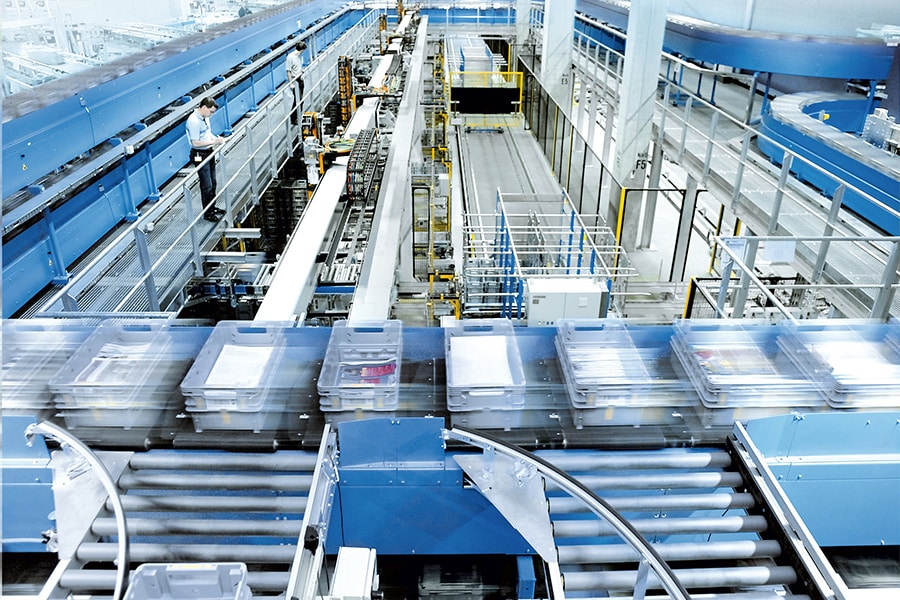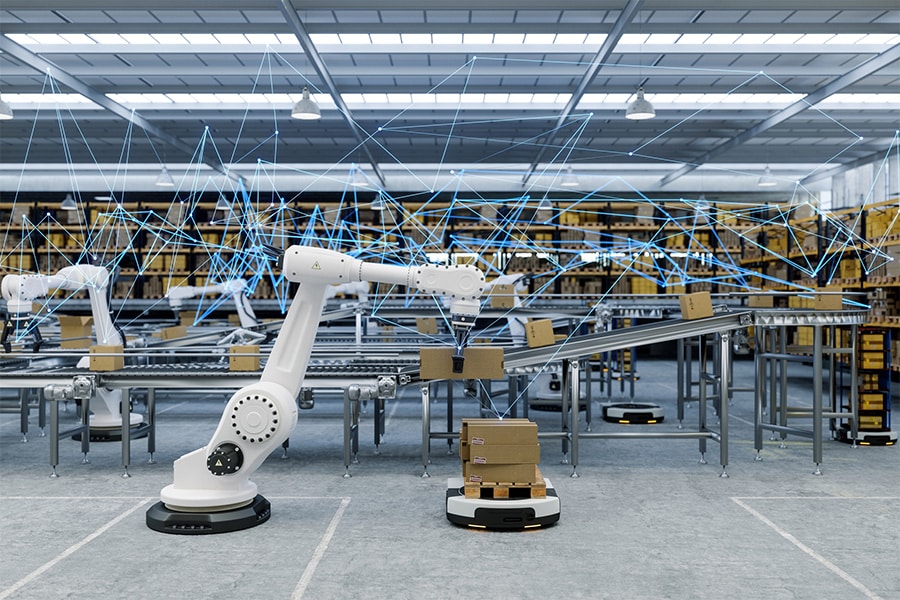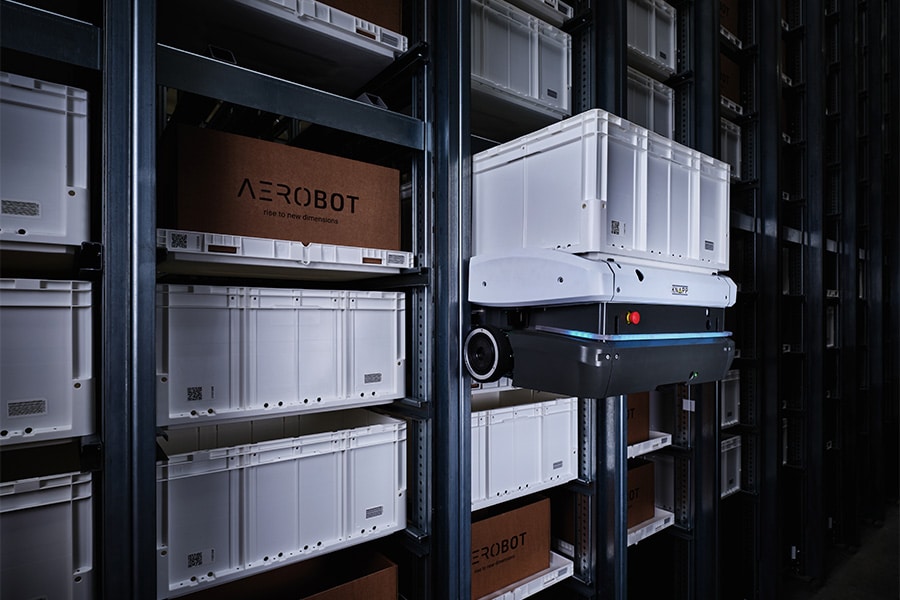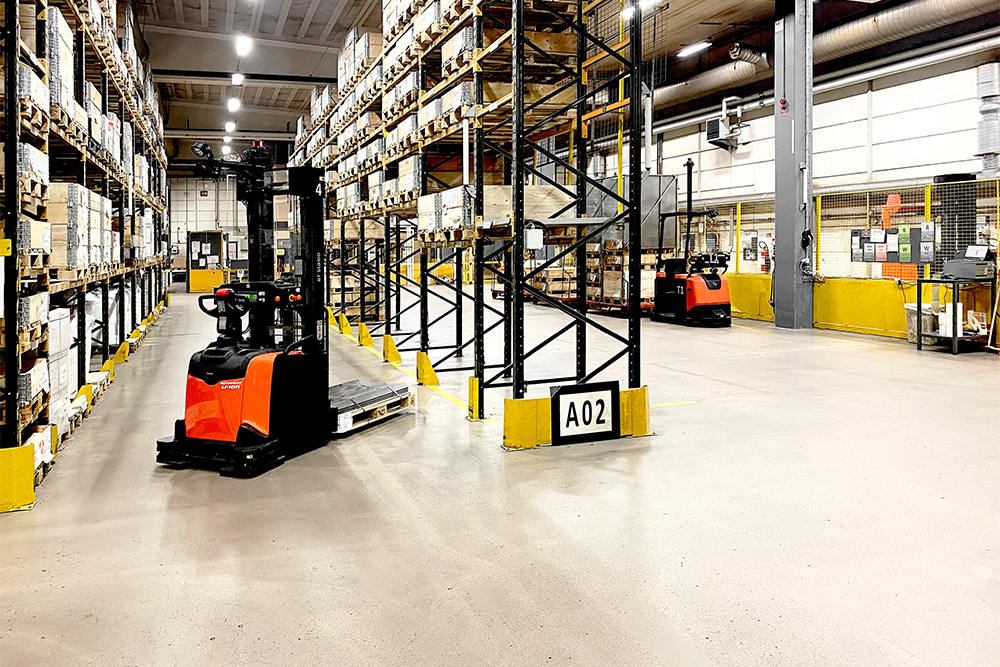
The road to net-zero logistics
Material handling: from automation to ecology
There are few industries where innovation and technological advances play such a crucial role as in warehousing & logistics. Recently implemented solutions in material handling not only promise efficiency improvements and cost savings, but also place a strong emphasis on sustainability and environmentally friendly practices. This article explores the latest industry trends and technologies and examines how they can redefine logistics processes.
More sustainable and environmentally friendly
One of the most notable trends is the increasing integration of green initiatives within the logistics supply chain. Companies are now implementing solutions such as electric forklifts, solar-powered warehouses and biodegradable packaging materials. These initiatives not only reduce the carbon footprint of warehouse operations, but also contribute to significant long-term cost savings. Think lower energy costs and waste reduction. Hugues Van Espen, Managing Director Toyota Material Handling Belgium said, "Everything about sustainability is mainly driven by Europe's 'race to net-zero' campaign. By 2030 and especially 2050, some tight targets have to be met, and we are working very hard on that in our industry. It has reached such a critical stage that we see that in many companies a few people are fully dedicated to this task. This underlines its significance."
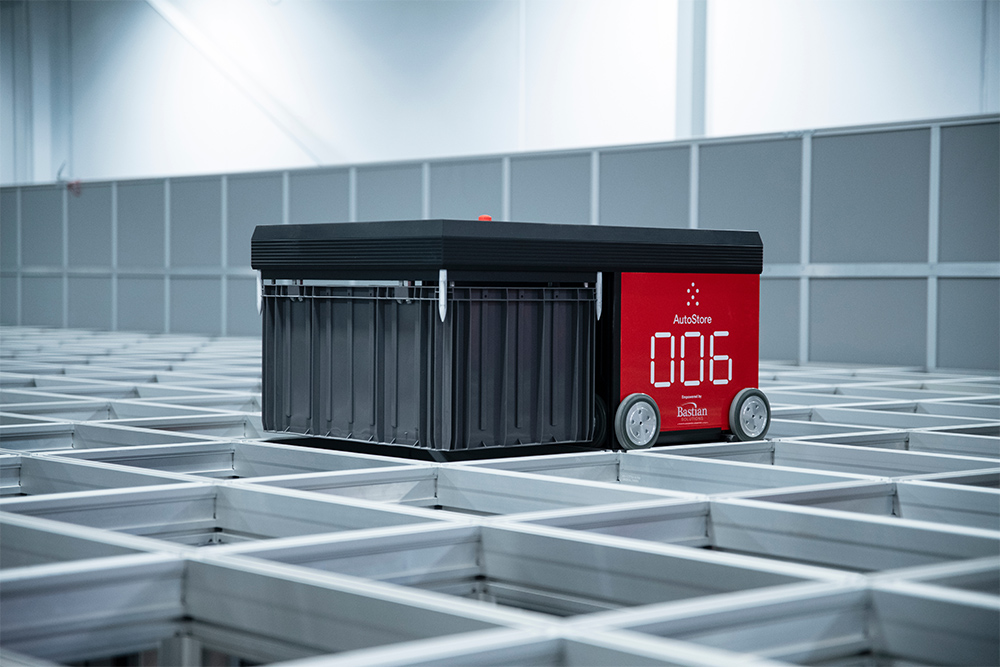
Innovations and efficiencies
The application of advanced technologies such as robotics, automation and artificial intelligence (AI) is transforming the way warehouses operate. 'Autonomous Mobile Robots' (AMRs), along with (regular) robots and Automated Guided Vehicles (AGVs), play a crucial role in this transformation process by taking over repetitive tasks, such as moving goods through complex warehouse environments. These AMRs are equipped with advanced navigation technologies, allowing them to move independently without fixed routes or guidance. This makes them more flexible and efficient than traditional AGVs. AI-driven systems complement these physical robots by optimizing inventory management and demand forecasting, analyzing large data sets to identify patterns and support decision-making.
"Together, these technologies increase efficiency, speed up processing times, and reduce human error. This results in more streamlined and cost-saving warehouse operations. Even in Belgium, the industry is already very far along in this," Van Espen said.
Addressing traditional challenges
Implementing new "material handling" solutions provides an answer to some of the most intractable problems in logistics:
- Space constraints: Automated storage systems and compact storage solutions maximize available space, allowing companies to store more goods in less space.
- Labor shortages: Automation and robotics allow warehouses to operate efficiently with fewer staff, which is crucial in times of labor shortages.
- Need for faster delivery times: Advanced route planning and real-time tracking systems optimize logistics flows, enabling faster delivery to customers.
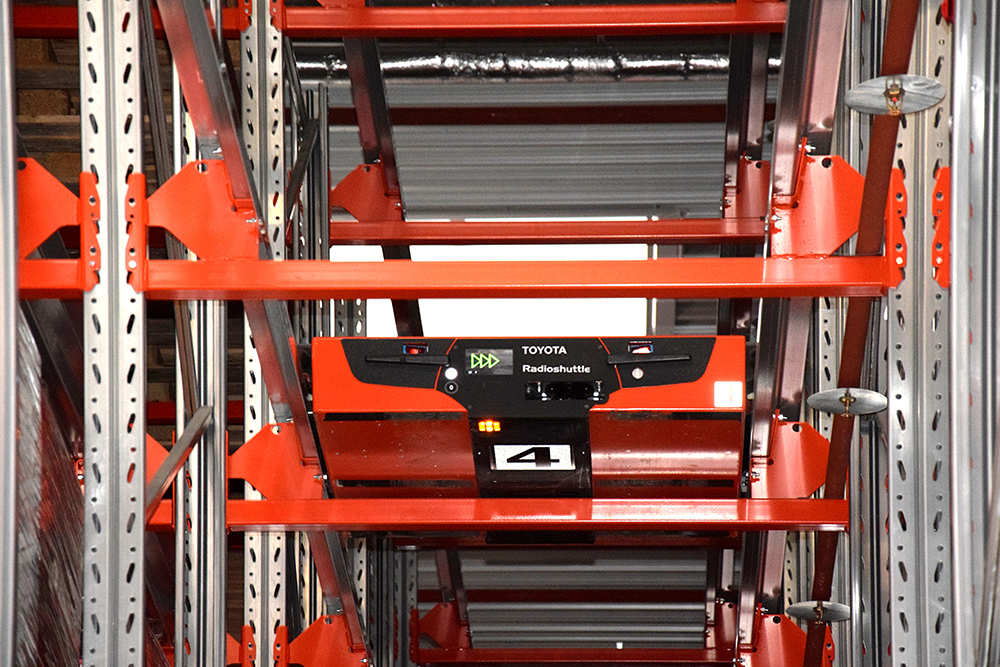
Implementation challenges
Despite the many benefits, implementing new technologies also brings challenges. Initial investment costs can be high, and there is often a learning curve involved in integrating new systems into existing processes. In addition, the transition to more sustainable - in both the literal and figurative sense - practices requires a
culture change within organizations. The return-on-investment will prove to be the decisive factor.
Conclusion
The future of material handling in logistics and warehouse management looks promising. Numerous technological innovations are paving the way to more efficient, cost-effective and sustainable operations. Companies that embrace these new technologies and practices will be better positioned to meet the demands of modern consumers and maintain their edge in the competitive marketplace.
The implementation challenges are not infrequently significant, but the benefits are undeniable, ensuring an exciting future for the industry.

